The Secret Expiration Dates on Your Stuff (And When to Finally Toss It)
For as long as I’ve been helping people sort out their homes, first as an organizer and now as a safety consultant, I’ve seen one thing prove true over and over: the biggest risks are usually hiding in plain sight. We all know to check the date on our milk. But what about all the other stuff we live with? Those things have a lifespan too, but their expiration date isn’t printed on a label—it’s written in subtle signs of wear and tear that can seriously affect our health.
In this article
I’ll never forget this one family I worked with. They were dealing with these nagging coughs and sniffles that just wouldn’t go away. They’d spent a fortune on air purifiers and duct cleaning, but nothing was working. While I was there, I just happened to pick up a throw pillow from their couch. It felt… heavy. And kind of lumpy. When I gave it a good squeeze, this little puff of dust poofed out.

So, we cut it open. What we found inside was pretty gross. The filling was all compacted, discolored, and just plain ancient. On a hunch, we had them replace every single pillow in the house, from the beds to the sofa. And you know what? Within a month, their breathing issues had almost completely disappeared. The problem wasn’t some invisible thing in the air; it was the very items they were resting on every night.
This guide is basically the result of seeing things like that hundreds of times. It’s not about getting you to throw things away for no reason. It’s about learning to see your home in a new way, so you can spot when a trusted old item has quietly become a problem. Honestly, understanding this stuff is a huge step toward having a home that’s not just clean, but genuinely healthy.
In the Kitchen: Where Your Tools Can Turn on You
The kitchen is a constant battlefield of heat, moisture, and sharp objects. All that action really speeds up the aging process for your tools. A good cleaning helps, for sure, but it can’t stop materials from just plain wearing out.
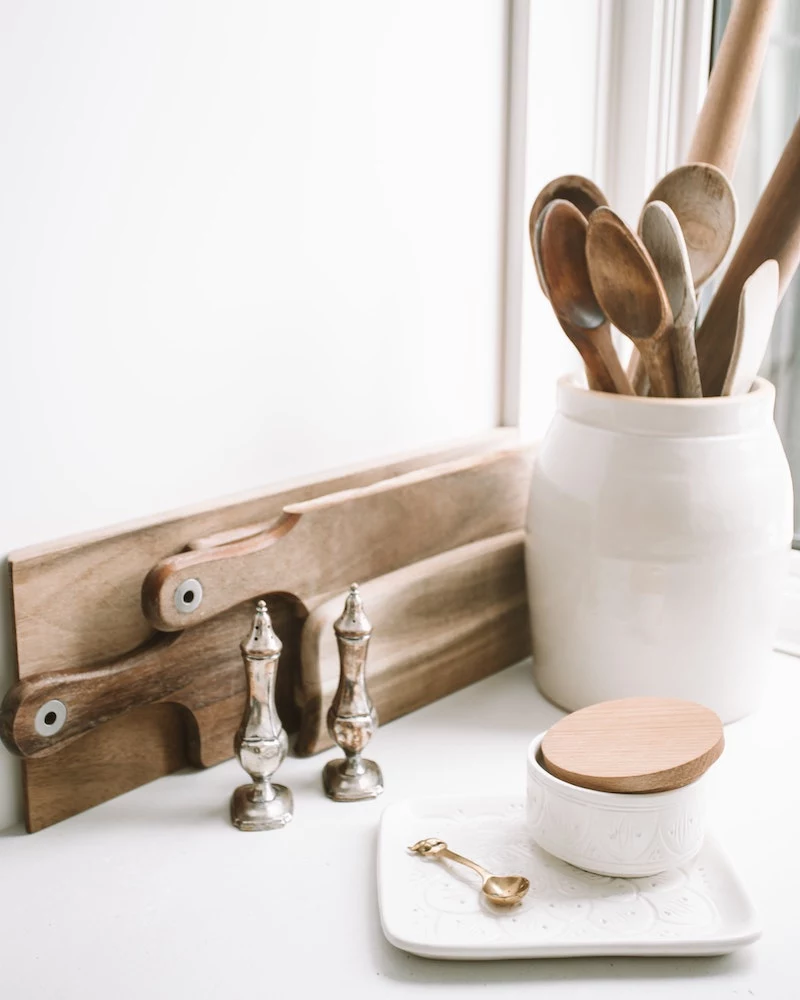
Wooden Spoons and Cutting Boards
I love a good wooden cutting board or a worn-in wooden spoon. They just feel right. But here’s the thing: wood is porous. It’s a natural material, and that’s both its strength and its weakness.
Think about it. Every time you wash that wooden spoon, the fibers swell up with water and then shrink back down as they dry. Add in thousands of tiny cuts from knives, and you start to create a surface full of microscopic cracks. These little crevices are the perfect five-star resort for bacteria like E. coli and Salmonella to hide out, especially if you’re cutting raw meat.
So how do you know when it’s time? Don’t just look—feel. If your wooden spoon feels fuzzy or rough even when it’s dry, that’s a red flag. It means the wood fibers are permanently damaged. For cutting boards, hold them up to the light and tilt them. See a web of deep cuts that are impossible to scrub clean? Time for a new one. Another dead giveaway is a smell you can’t get rid of, like that permanent onion aroma. That means oils and bacteria have soaked deep into the wood.

Quick Tip: The 5-Minute Cutting Board Refresh
You can definitely extend the life of a good hardwood board. If yours is looking a little tired but doesn’t have deep cracks, grab some fine-grit sandpaper (220-grit works great) and sand the surface until it’s smooth. Wipe it down, then pour on some food-grade mineral oil. You can find this at most hardware stores or online for about $8-$15 a bottle. Let it soak in for an hour or so, then wipe off any excess. It’ll look amazing. Just a heads up, never use cooking oil like olive or vegetable oil for this—it can go rancid!
A quality hardwood cutting board can last for years with this kind of care. Softer woods or bamboo boards? They usually only last a year or two. And those wooden spoons that get so much abuse should probably be replaced every couple of years, especially if you see cracks or splintering. A new spoon costs maybe $5, which is a tiny price to pay to avoid food poisoning.
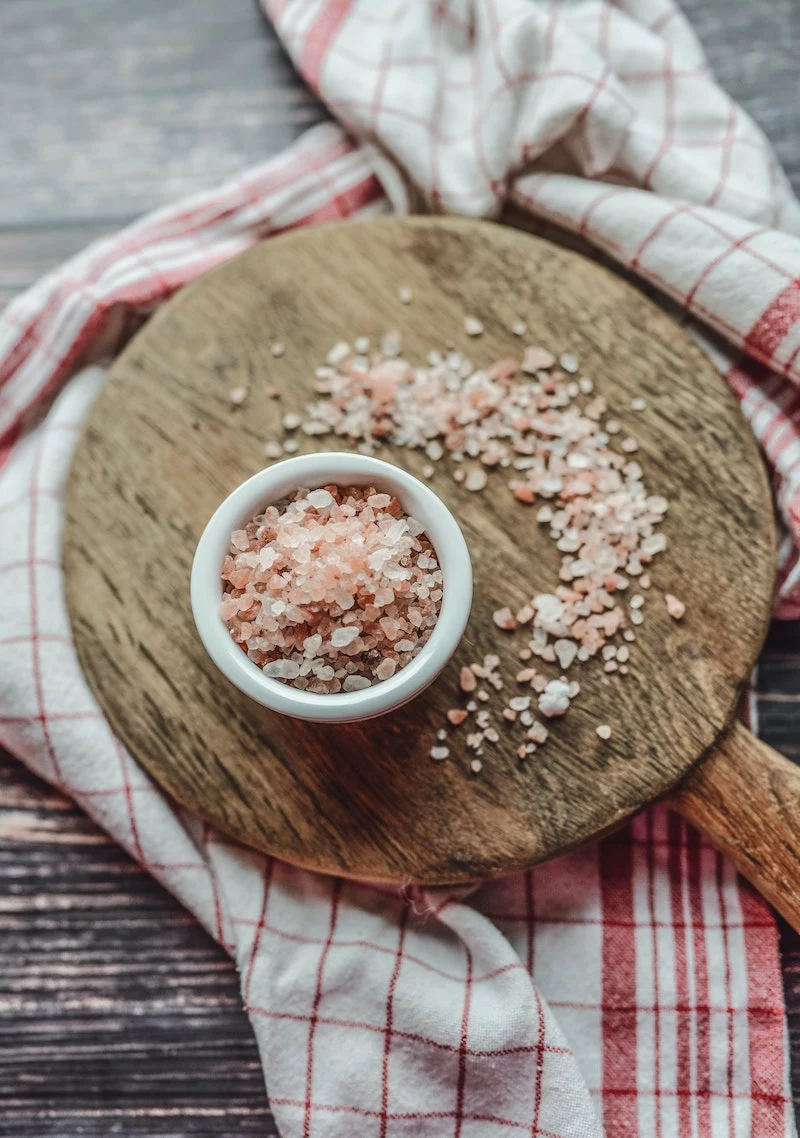
Spices and Dried Herbs
Okay, so old spices won’t make you sick, but they will make your food taste like dusty disappointment. The amazing flavor and smell of spices come from their essential oils. Over time, those oils break down when exposed to air, light, and heat.
Your best tools for checking them are your own eyes and nose. Potent spices have vibrant colors. Your paprika should be a rich, bright red, not a sad, brownish-orange. Dried parsley should be green, not beige. Next, crush a little bit in your palm and take a whiff. If the smell is faint or just smells like dust, it’s lost its magic. It won’t hurt you, but it won’t help your cooking, either.
Here’s a simple timeline I go by:
• Whole Spices (like peppercorns or cloves): These are tough and can last 3-4 years.
• Ground Spices (like cumin or ginger): Once ground, they have more surface area exposed to air, so aim for 1-2 years.
• Dried Leafy Herbs (like basil or oregano): They’re delicate. They can last anywhere from 1-3 years.
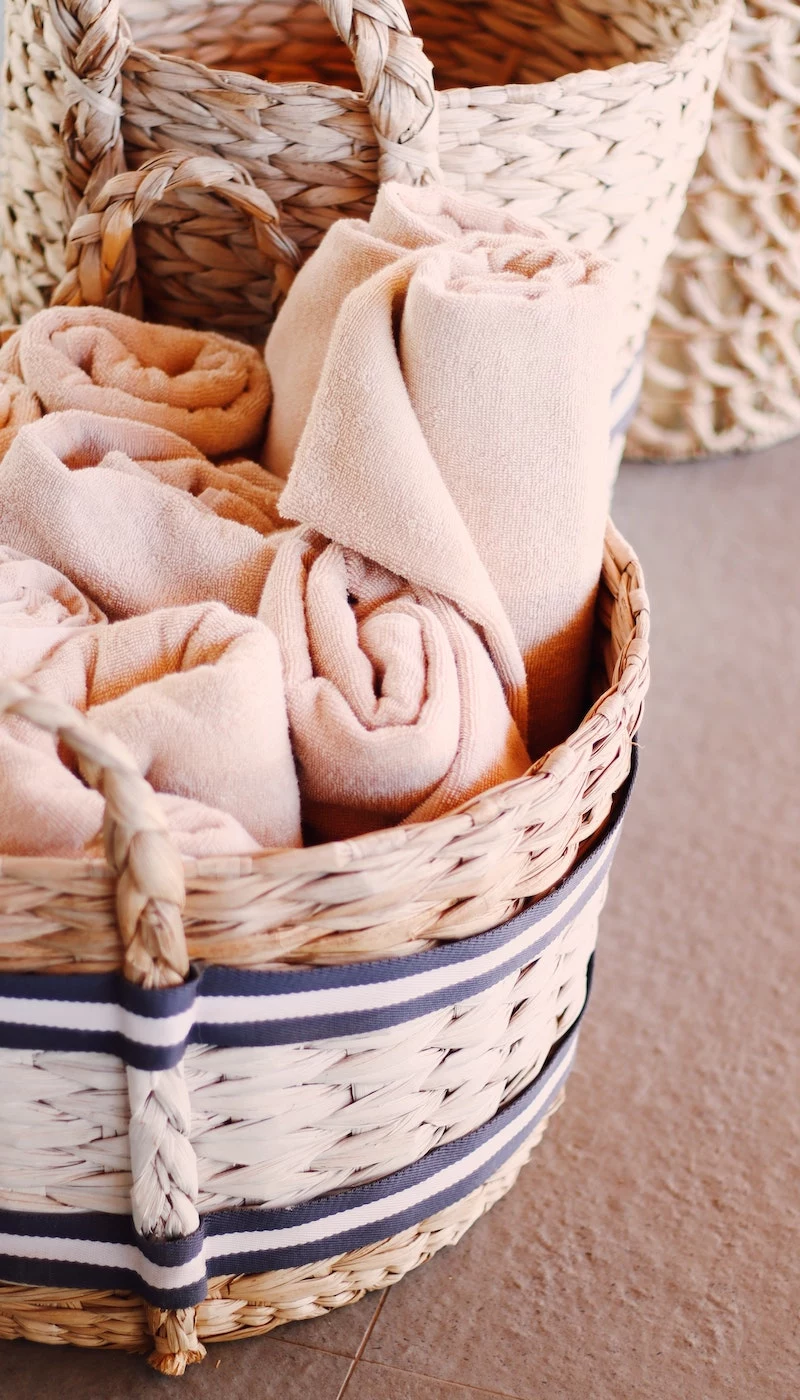
Here’s a habit that will change your life: When you buy a new spice, use a permanent marker to write the month and year on the lid. And please, store them in a cool, dark cabinet—not right above the stove where heat and steam can ruin them.
A Quick Word on Salt
Good news! Pure salt is basically a rock. It’s a stable mineral and will last forever. It doesn’t lose its flavor or go bad. Some iodized salts might lose a bit of their iodine potency over many, many years, but the salt itself is still perfectly fine. Don’t ever worry about the expiration date on your salt.
Bedroom & Bathroom: The Hygiene Hotspots
These are the rooms where we’re most vulnerable, and the things we use directly on our bodies need the most attention. When they start to degrade, it can directly impact our skin and breathing.
Pillows
Your pillow is so much more than a soft place for your head. Night after night, it absorbs sweat, body oils, and skin cells. It’s a fact that after just a couple of years, a significant percentage of your pillow’s weight can be made up of dead skin cells and the dust mites that feast on them. Yikes.

For anyone with allergies or asthma, an old pillow is a nightmare. But even if you don’t have allergies, that buildup of gunk can contribute to acne and skin irritation. Plus, a worn-out pillow offers zero neck support.
Here’s the pro test: Fold it in half. A good pillow will spring right back. If it stays folded like a sad taco, its internal structure is shot. It’s done. For memory foam, look for permanent body impressions or a loss of that slow, springy feel.
This is one replacement schedule you don’t want to mess with. You can expect to pay anywhere from $20 for a decent synthetic pillow to over $75 for a high-quality foam one, but it’s an investment in your health.
• Basic Polyester Pillows: Replace every year. They compress the fastest.
• Memory Foam & Latex: They last longer, but you should still replace them every 2-3 years.
• Down & Feather: These can last 3+ years with proper care, but they are super absorbent, so be vigilant.

Towels
We count on towels to get us clean, but an old one can do the exact opposite. Even with regular washing, they can develop something called biofilm—a slimy, stubborn colony of bacteria. If your towels have a musty smell that comes right back after you wash them, you’re probably dealing with biofilm. That means you’re literally drying your clean skin with a layer of germs.
Besides being gross, old towels just stop working. The fibers get matted down and lose their absorbency, so you’re just kind of pushing water around.
Lesser-Known Trick: If your towels have that funky smell, try this before you toss them. Run them through a hot wash cycle with one cup of white vinegar (no detergent). Then, immediately run them through a second hot cycle with a half-cup of baking soda. This one-two punch can often knockout biofilm and give them a second life.
But if they’re no longer absorbent or are getting thin and frayed, it’s time. A good bath towel usually lasts about 2-3 years. You can always downgrade old bath towels to cleaning rags!
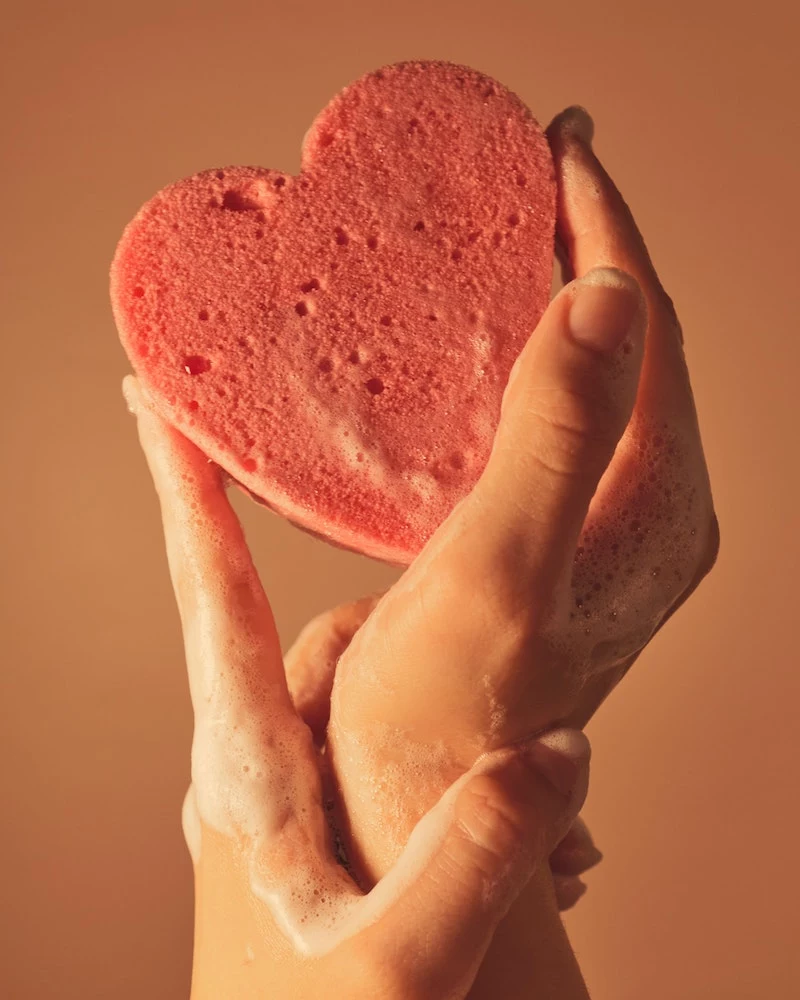
Bath Sponges and Loofahs
These things are designed to scrub off dead skin cells. Then we leave them in a warm, wet shower. You can see where this is going, right? It’s the perfect breeding ground for bacteria. Using a dirty loofah can cause skin infections and acne.
This is an easy one. Just replace them often. They’re cheap!
• Synthetic Mesh Poufs: Toss them every 1-2 months. A three-pack is like $5.
• Natural Loofahs: These are more porous, so replace them every 3-4 weeks.
• A better idea? Just use a washcloth. You can throw it in the laundry after every single use.
Electrical Safety: The Danger You Can’t See
Of everything on this list, old electrical gear is what scares me the most. A fire from a cheap, worn-out power strip is a preventable disaster.
Power Strips & Surge Protectors
First, let’s get one thing straight: a simple power strip is NOT the same as a surge protector. A power strip is just an extension cord with more outlets. A surge protector has special parts inside to absorb voltage spikes and protect your expensive electronics.

Those protective parts have a limited capacity, measured in joules. Every little power surge uses up some of that capacity. After one big event, like a lightning storm, it could be completely spent. After that, it’s just a basic power strip offering zero protection. On top of that, the physical cord can get brittle and crack, and the internal contacts can loosen, creating a huge fire risk.
When you’re buying one, look for a seal from a certified safety testing lab. It means the product has met minimum standards. If it doesn’t have one, don’t buy it.
Heads up! For your expensive electronics like a computer or TV, don’t just grab any old thing. Look for a surge protector with a rating of at least 1,000 joules. The number is usually printed right on the box. Spending $30 on a good one is way better than replacing a $1,500 television.
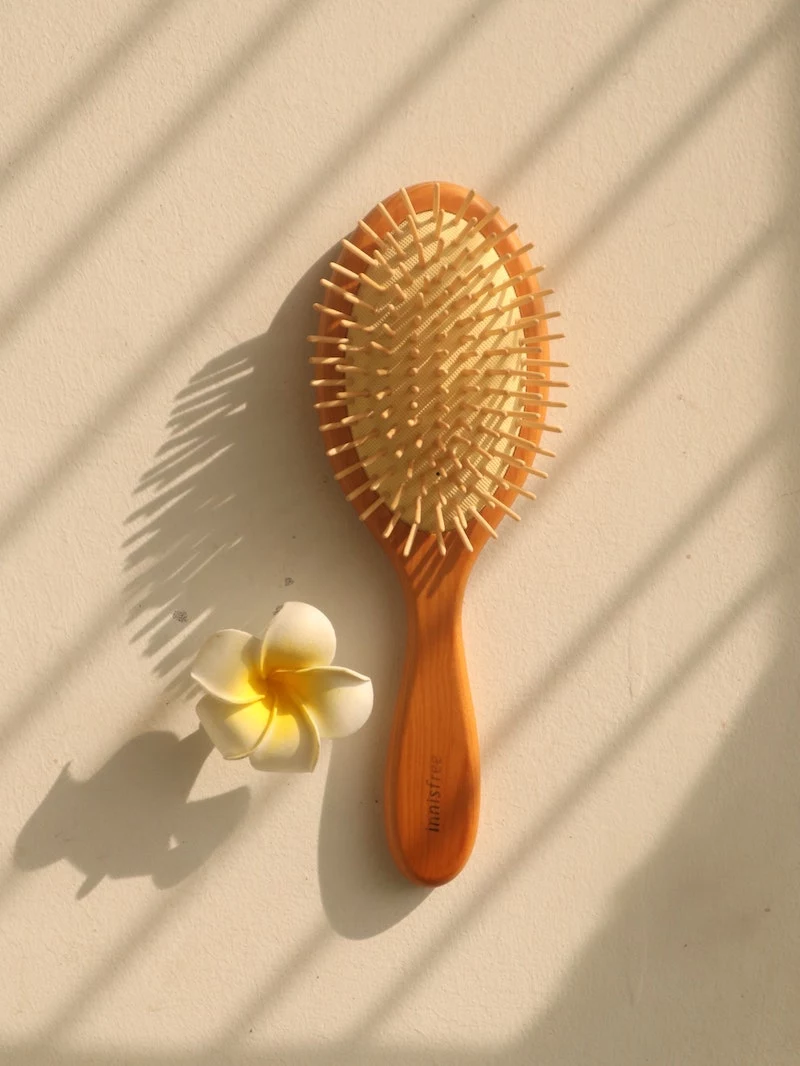
Replace basic power strips every 2-4 years and surge protectors every 2-3 years. And if a power strip ever feels warm to the touch, or if you see any discoloration around the outlets, unplug it and throw it out immediately. It’s failing.
And my most important piece of advice: NEVER plug a major appliance like a space heater, microwave, or refrigerator into a power strip. And don’t “daisy-chain” them by plugging one into another. That’s just asking for a fire.
A Few Other Critical Lifespans
Beyond the daily items, a couple of safety devices have hard expiration dates you need to know.
• Fire Extinguishers: Check the pressure gauge every month—the needle should be in the green. But the chemicals inside also expire. Most disposable home extinguishers are good for about 10-12 years. The manufacture date is on the label. An old one might not work when you need it most.
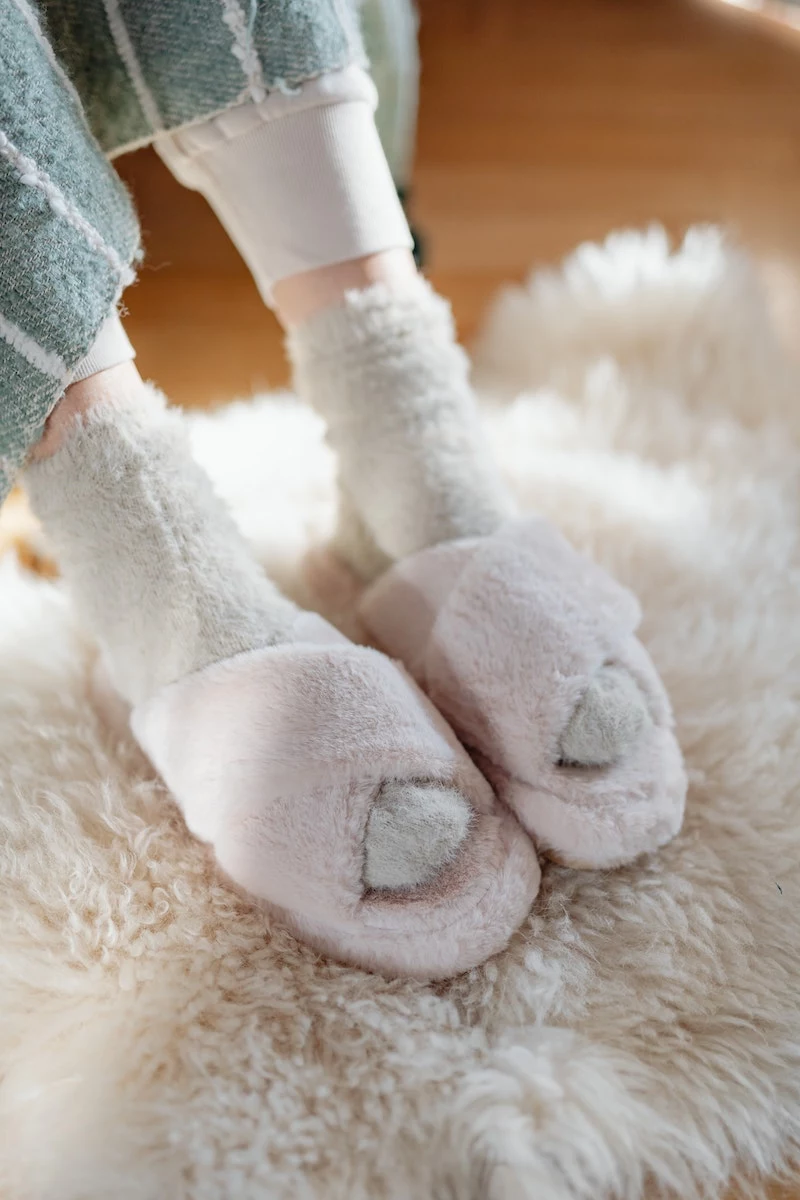
• Smoke & CO Detectors: We all know to change the batteries, but the whole unit needs to be replaced eventually. The sensors inside degrade. According to national fire safety organizations, smoke detectors should be replaced every 10 years, and carbon monoxide detectors every 5-7 years. The date is on the back. An old detector is a false sense of security.
Your Weekend Challenge: The 5-Minute Safety Audit
Look, I know this can feel like a lot. So don’t try to do it all at once. The next time you buy a power strip or a pillow, just write “Replace in 2 years” on it with a marker. Easy.
But if you want to take action right now, here’s a challenge: Pick ONE room. Just one. Spend five minutes checking these things. Check the date on your smoke detector. Feel your pillows. Look at the power strip behind your TV. That’s it. In just five minutes, you’ll have made your home a safer place.
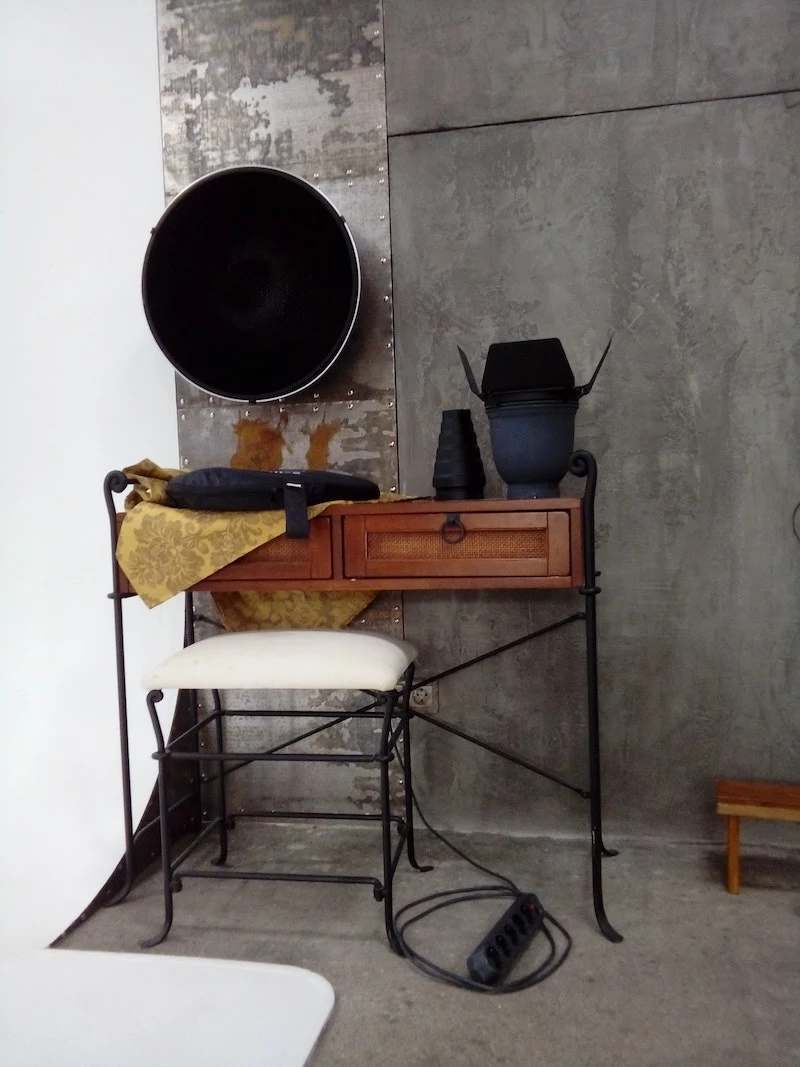
This isn’t about being perfect. It’s about being aware. By learning to spot these signs of aging, you’re taking control of your environment and turning your house into a true sanctuary. And that feels pretty good.










